Our work on the revision of the group module is in full swing. With version v3.95 we are not yet presenting the finished revision, but an important modification is moving into ChurchTools: We have worked on the existing group and group member concept. In the process, we’re breaking down old concepts to move into the next phase in a sustainable way. (If you don’t know what big change I’m talking about right now, take a look at the announcement “Looking ahead and back…“.
Groups
“Persons & Groups” is a key module in ChurchTools. In order for the new group module to work smoothly, we have built in some basic modifications to the existing module that are the preliminaries for other steps that will follow later. In doing so, we are cleaning up old concepts and making things more comprehensible. Let’s take a closer look at the most important changes:
Group member role and group member status
We have already announced the biggest and most important changes to the admins among you in advance via email. With the new version we break an old concept in ChurchTools: Group member roles and group member status are now two different properties of a group membership.
- active
- requested
- on waiting list (only if waiting list is activated)
- to delete
This results in new combinations, such as requested leaders.
With this breakup, many underlying dependencies change. From now on, permissions will only be granted to “active” group members.
Another consequence results for the master data of the “Persons & Groups” module. With this change, the settings of the group type roles have been changed. The many checkmarks you could set for a role have given way to a few and thus we minimize misconfigurations: Previously, you could mark a role as “To Delete”, “Request”, “Leader”, “Default” or “Hidden” under “Group Type Role”. The “Request” and “To Delete” options are now gone because they can be mapped by a group member’s status. You can also mark only one “default” role per group type.
So group members with ” Request” roles will get the status “Requested” and with “To Delete” roles the status “To Delete” and they will be transferred to those roles you have marked as “Default” of the group type. Here are two examples to illustrate the point; in both examples, the “Participant” role has been marked as the “Default” role:
Group members with the previous role Participation requested receive the role Participant and additionally the status Requested.
Group members with the previous role To delete get the role Participant and additionally the status To delete.
More detailed information and instructions for administrators are described in the e-mail mentioned above and in our online help.
There are 4 group statuses now:
- Draft
- Active
- Terminated
- Archived
We renamed the previous group status “Pending” to “Draft”, “Active” remains, “Inactive” became “Archived” and “Terminated” is a new addition. These four statuses follow the lifecycle of a group/event better than the previous ones. So you can create a new group as a draft and make all the preparations. The active group is meant for the execution. When it is terminated, the corresponding status reflects this and if you don’t need the group anymore, you can archive it.
Depending on the status, different functions become activated. For example, permissions for group members only apply when the group is active. If the group is in draft or terminated status, only leaders can automatically continue working on the group.
Group visibility
Few versions ago we reworked the group visibility so that it became easier and more comprehensive for you to understand what exactly is happening and when. Version 3.95 now brings a new visibility level: Internal.
If you set this level for a group, everyone will be able to see that group if they have a ChurchTools user account and are logged in. With these changes, we are aligning the appearance of the app and the web.
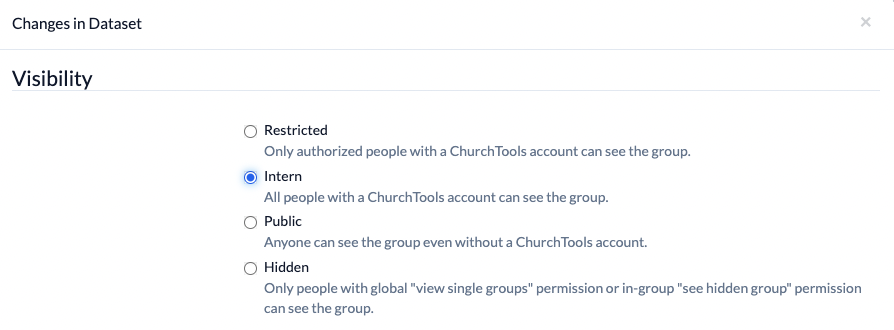
New group-internal permissions
- Edit group settings
- Edit group info
- Manage follow-up
- Manage Meetings
- Edit your own group member fields

Join the group directly
If you create a new group, you can now join it directly and select a role. This way, you as a user with group-internal permissions can also see your group directly.
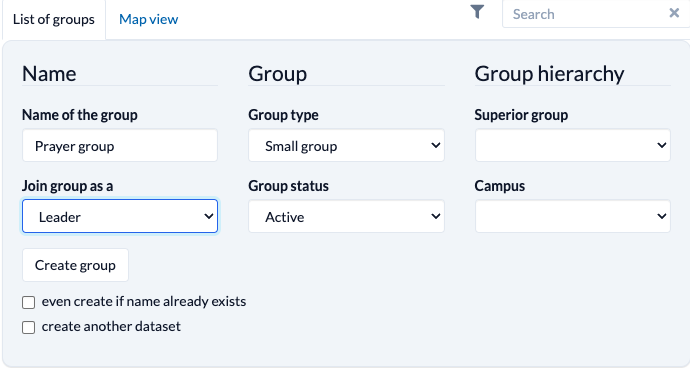
Manage automated e-mails more conveniently
In addition, the view of automatic e-mails has been improved. A list of all created emails now shows you at a glance which e-mails are available and active. We have also simplified the duplication and deletion of existing automatic e-mails with corresponding buttons.
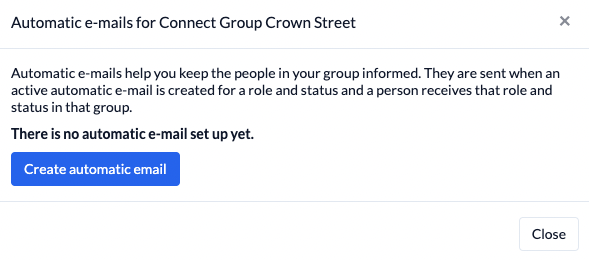
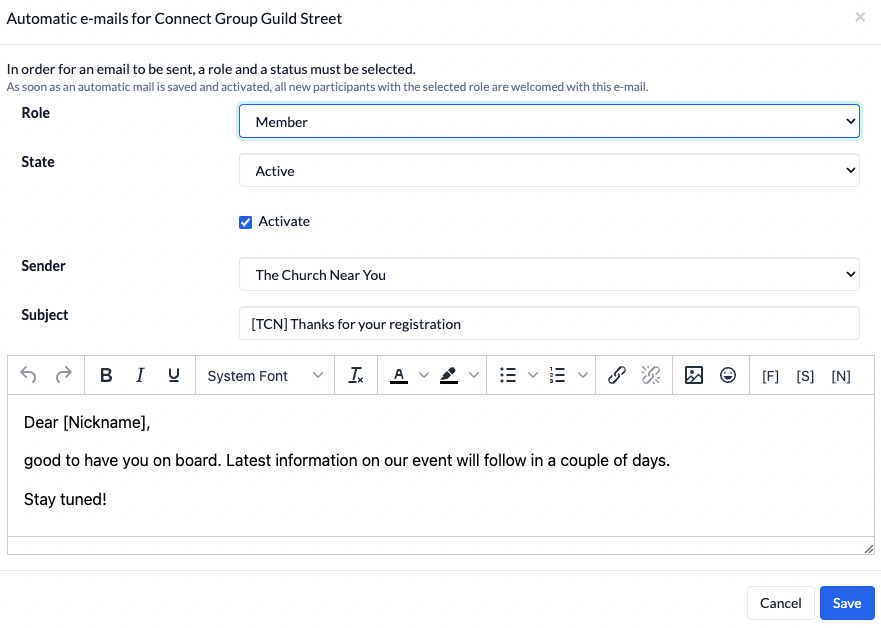
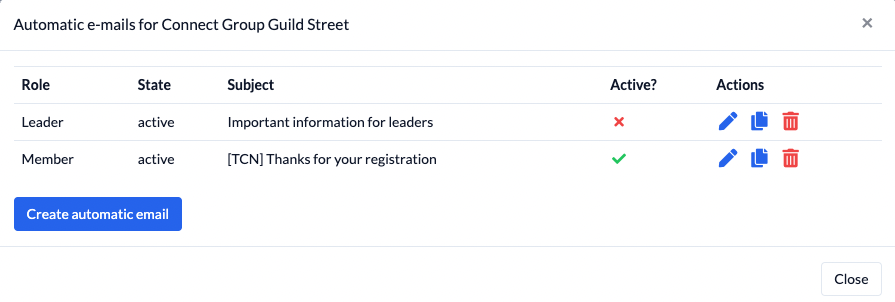
Calendar
We have not only made changes to the groups. The “Calendar” module also comes with noteworthy changes.
Find people faster for a meeting request
The fact that a calendar can be seen by many people happens quickly. However, this also increases the list of possible people to whom you can send a meeting request.
In version 3.95 we have added a small search field that can quickly narrow down the list of people. This will help you find the people you really want to invite.
If this is not enough for you, you will find all changes of this and earlier versions in our Changelog.


